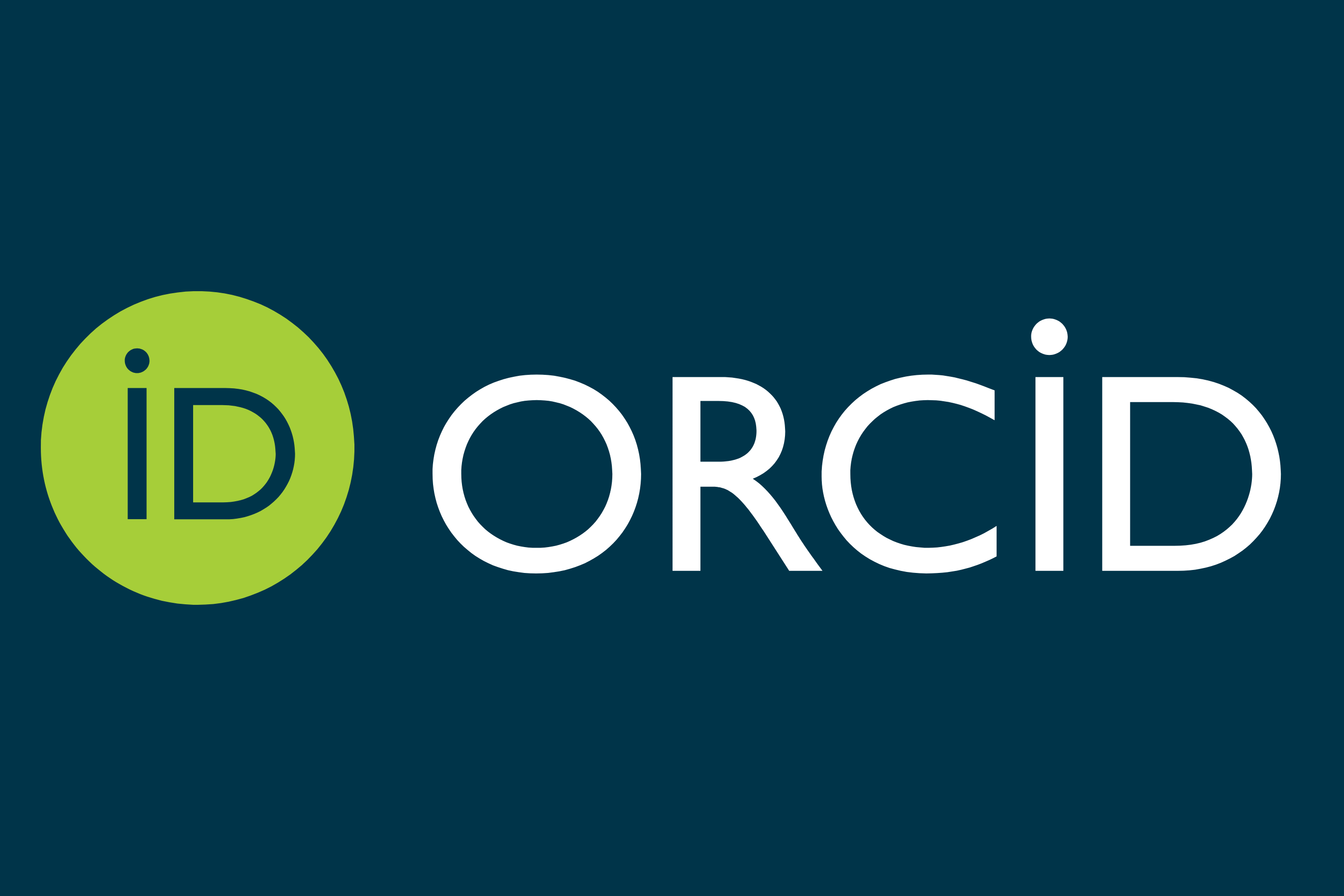Asymmetric Effects in the Risk-Taking Channel of Monetary Policy Transmission in Iraq
DOI:
https://doi.org/10.31272/jae.i145.1279Keywords:
Monetary Policy, Risk Taking Channel, NARDL ApproachAbstract
This study examines the asymmetrical impacts of monetary policy transmission on the risk-taking channel in Iraq. Monthly data from Jan. 2005 to Dec. 2019 was utilized; the study employs Nonlinear Autoregressive Distributed Lag (NARDL) estimations to analyze the asymmetrical relationship between monetary policy variables (interest rates, cash reserve requirements, and money supply) and risk-taking channel (bank debt). The F-bound test finds no evidence of a long-run relation between monetary policy and banks' risk-taking channel, while the ECM test confirmed the short-run relation. Furthermore, the Wald test results indicated the presence of asymmetric effects of cash reserve requirements and money supply shocks on bank debt. In contrast, interest rate shocks reveal a symmetric impact, meaning monetary policy shocks affect banks' lending channels differently. This study illuminates the complexities of Iraq's banking industry. It provides important implications for policymakers and financial institutions in handling bank debt in developing market situations and the transmission of monetary policy.
References
[1] A. A. Miho, Z. K. Takanlou, A. R. Fazlzadeh, and H. Aghajani, (2022),"DOES MONETARY POLICY HAS AN ASYMMETRIC EFFECT ON COMMERCIAL BANKS LENDING CHANNEL IN IRAQ," International Journal of Economics and Finance Studies, Vol. 14, No. 2, pp. 308-324.
[2] B. S. Bernanke, (2015),"The courage to act: A memoir of a crisis and its aftermath," W. W. Norton & Company, 1st ed., New York.
[3] C. Borio and H. Zhu, (2012),"Capital regulation, risk-taking and monetary policy: A missing link in the transmission mechanism?" Journal of Financial Stability, Vol. 8, No. 4, pp. 236-251.
[4] G. Dell'Ariccia, L. Laeven, and G. A. Suarez, (2017),"Bank leverage and monetary policy's risk‐taking channel: evidence from the United States," Journal of Finance, Vol. 72, No. 2, pp. 613-654.
[5] J. Wu, Y. Yan, M. Chen, and B. N. Jeon, (2022),"Monetary policy, economic uncertainty and bank risk: Cross-country evidence," Journal of International Money and Finance, Vol. 122, pp. 1025.
[6] L. De Haan, (2001),"The credit channel in the Netherlands: evidence from bank balance sheets," European Central Bank, Frankfurt, Germany, Report No. 98.
[7] M. D. Bauer, B. S. Bernanke, and E. Milstein, (2023),"Risk appetite and the risk-taking channel of monetary policy," Journal of Economic Perspectives, Vol. 37, No. 1, pp. 77-100.
[8] Modigliani, F., & Miller, M. H. (1958). The cost of capital, corporation finance and the theory of investment. The American economic review, 48(3), 261-297.
[9] O. De Groot, (2014),"The risk channel of monetary policy," Ph.D. Thesis, Department of Economics, University of Chicago, Chicago, USA.
[10] Pesaran, M. H., Shin, Y., & Smith, R. J. (2001). Bounds testing approaches to the analysis of level relationships. Journal of applied econometrics, 16(3), 289-326.
[11] V. D. Dang and K. Q. B. Nguyen, (2021),"Monetary policy, bank leverage and liquidity," International Journal of Managerial Finance, Vol. 17, No. 4, pp. 619-639.
[12] Y. Shin, B. Yu, and M. Greenwood-Nimmo, (2014),"Modelling asymmetric cointegration and dynamic multipliers in a nonlinear ARDL framework," Festschrift in honour of Peter Schmidt: Econometric methods and applications, pp. 281-314.

Downloads
Published
Issue
Section
License
The journal of Administration & Economics is an open- access journal that all contents are free of charge. Articles of this journal are licensed under the terms of the Creative Commons Attribution International Public License CC-BY 4.0 (https://creativecommons.org/licenses/by/4.0/legalcode) that licensees are unrestrictly allowedto search, download, share, distribute, print, or link to the full text of the articles, crawl them for indexing and reproduce any medium of the articles provided that they give the author(s) proper credits (citation). The journal allows the author(s) to retain the copyright of their published article.
Creative Commons-Attribution (BY)









